As humans, our fascination with uncovering hidden treasures carrying secrets from ancient times has endured throughout history. These treasures hold not only monetary value but also offer invaluable insights into our past. In this article, we delve into the discovery of the five greatest treasures by ancient civilizations.
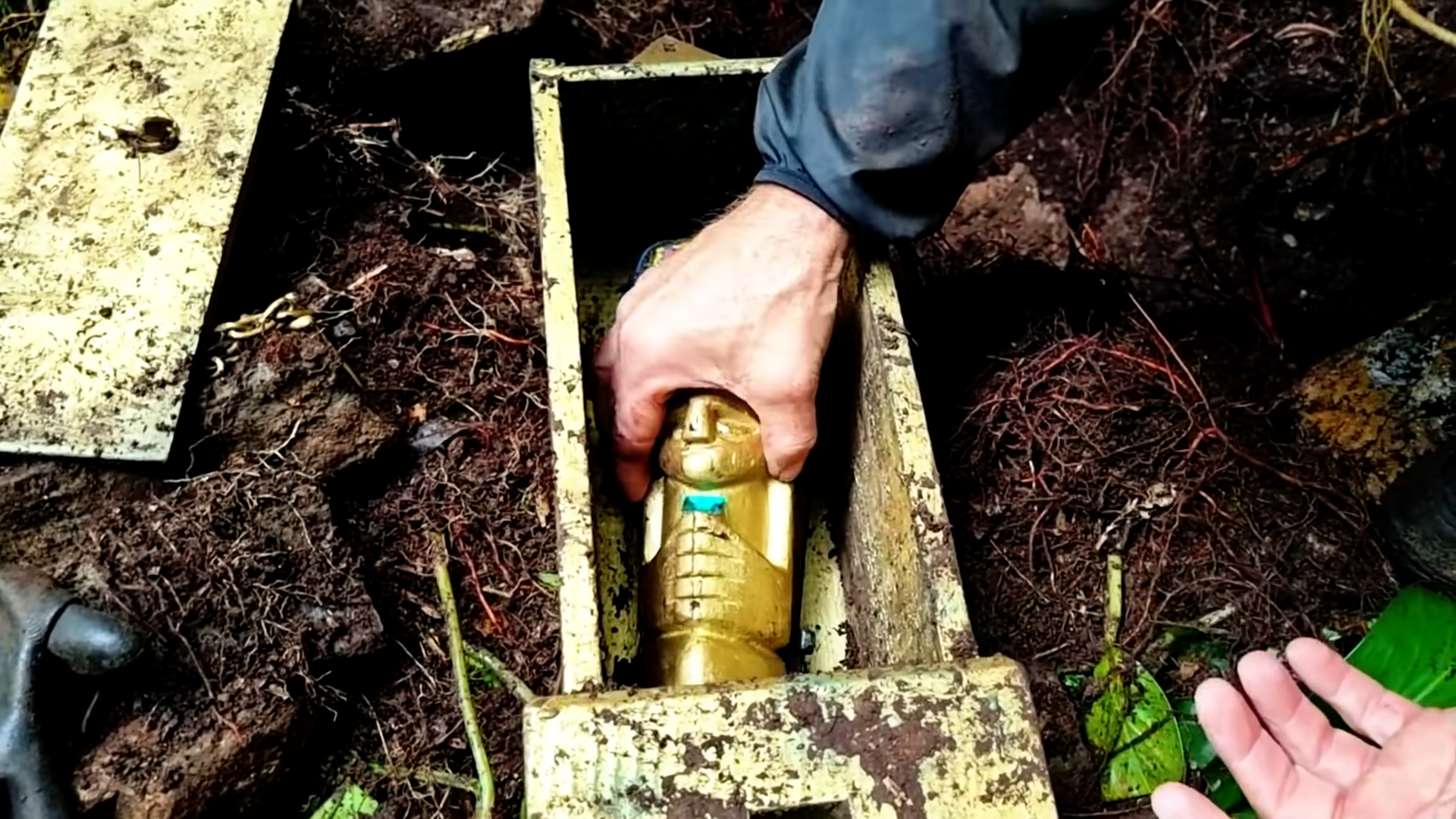
The first treasure on our list was found in 1922 by British archaeologist Howard Carter. The treasure was none other than the tomb of Tutankhamun, a pharaoh of ancient Egypt. The tomb was filled with numerous treasures, including golden masks, jewelry, and other valuable artifacts. The discovery of Tutankhamun’s tomb provided valuable insights into the religious and cultural practices of ancient Egyptians.

The second treasure on our list is the Treasure of Troy. This treasure was discovered by German businessman Heinrich Schliemann in the late 1800s. The treasure included a vast amount of gold, silver, and other valuable artifacts. The discovery of the Treasure of Troy confirmed the existence of the ancient city of Troy, which was previously only known through the works of Homer.
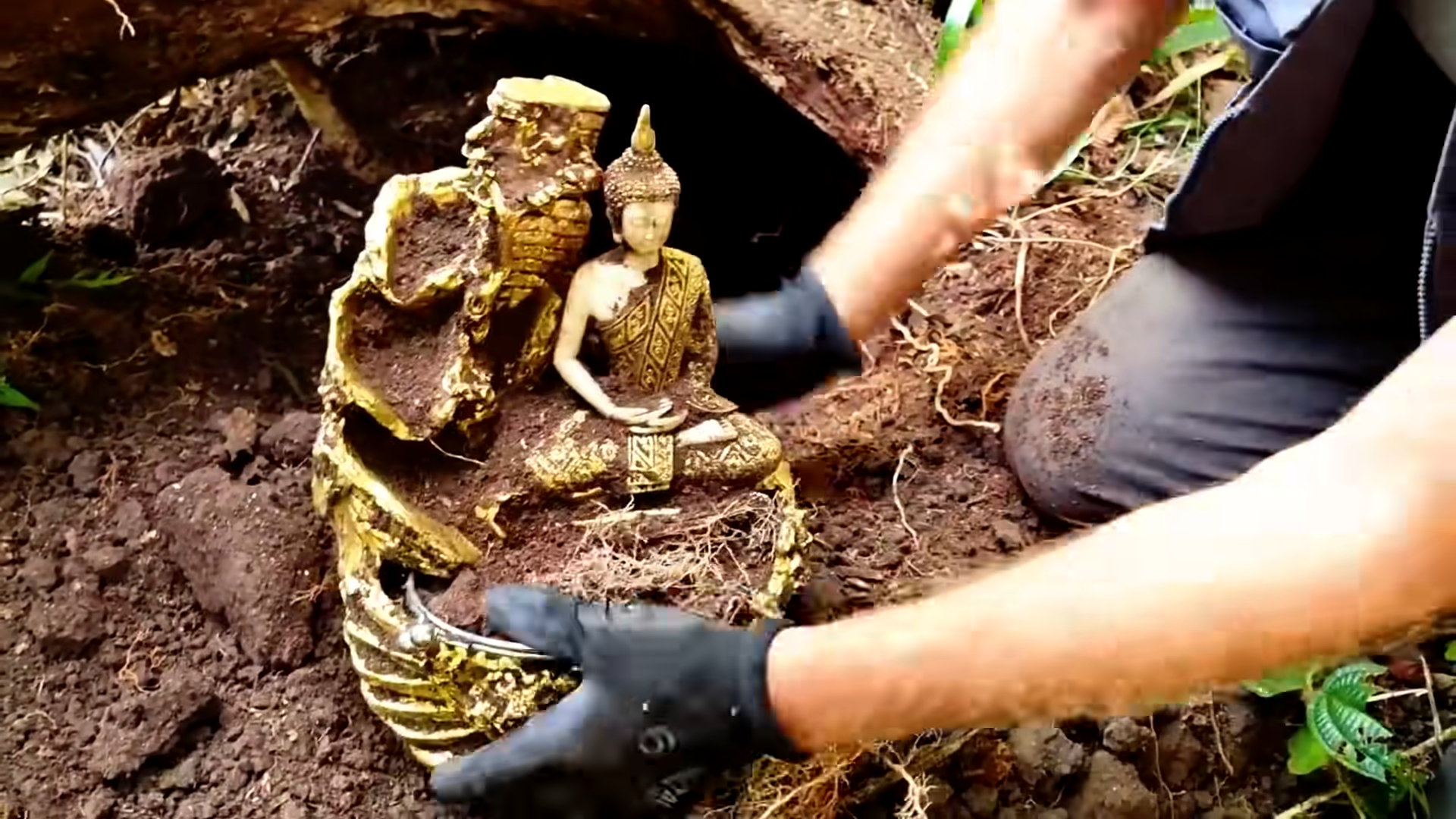
The third treasure on our list is the Dead Sea Scrolls. These scrolls were discovered by a Bedouin shepherd in 1947 in the caves of Qumran, near the Dead Sea in Israel. The scrolls contained religious texts dating back to the 3rd century BC, and were of immense importance to historians and scholars.
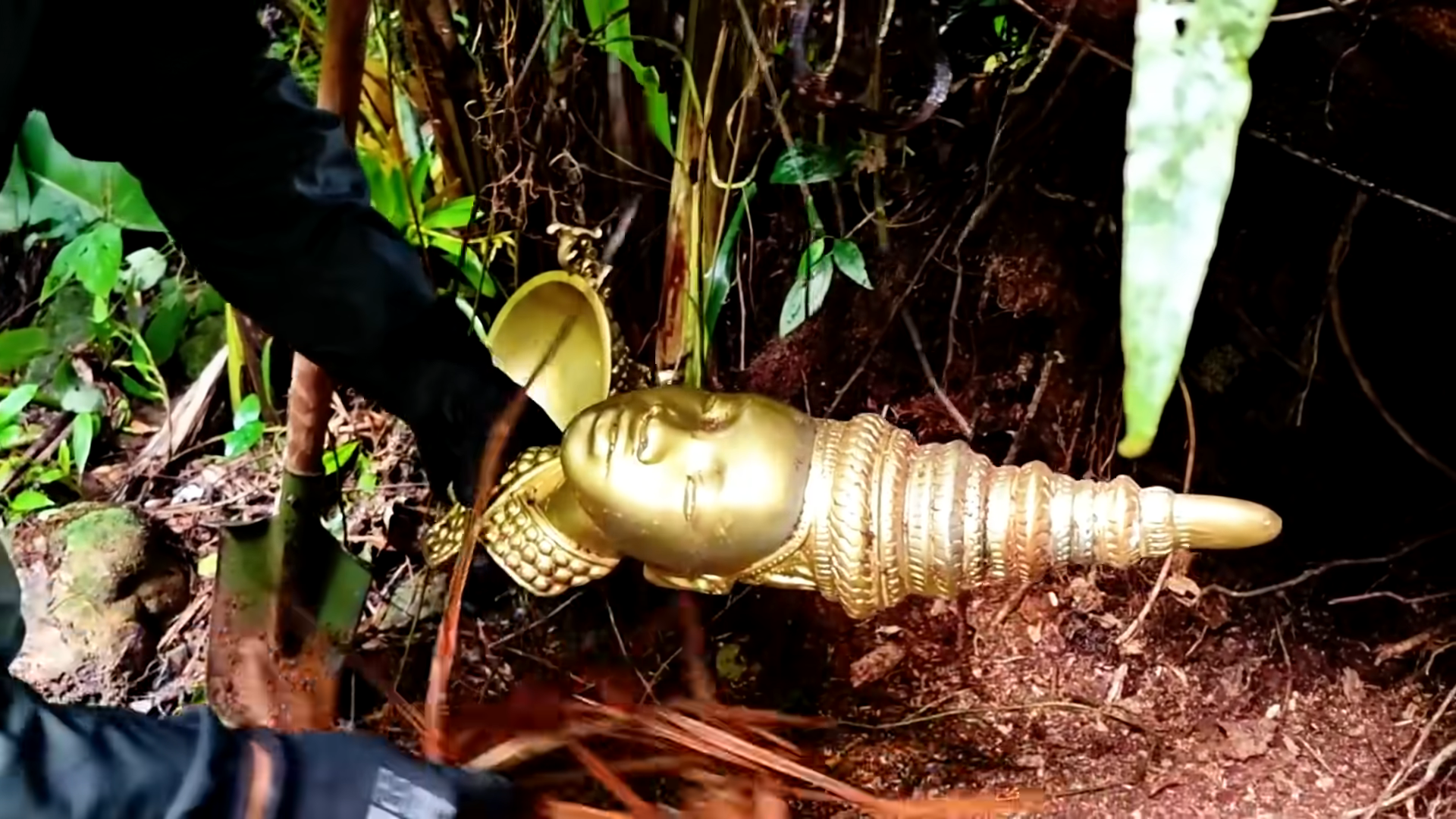
The fourth treasure on our list is the Rosetta Stone. This stone was discovered by a French soldier during Napoleon’s campaign in Egypt in 1799. The Rosetta Stone contained inscriptions in three different languages, including Egyptian hieroglyphs. The discovery of the Rosetta Stone helped scholars to decipher Egyptian hieroglyphs, which were previously undecipherable.
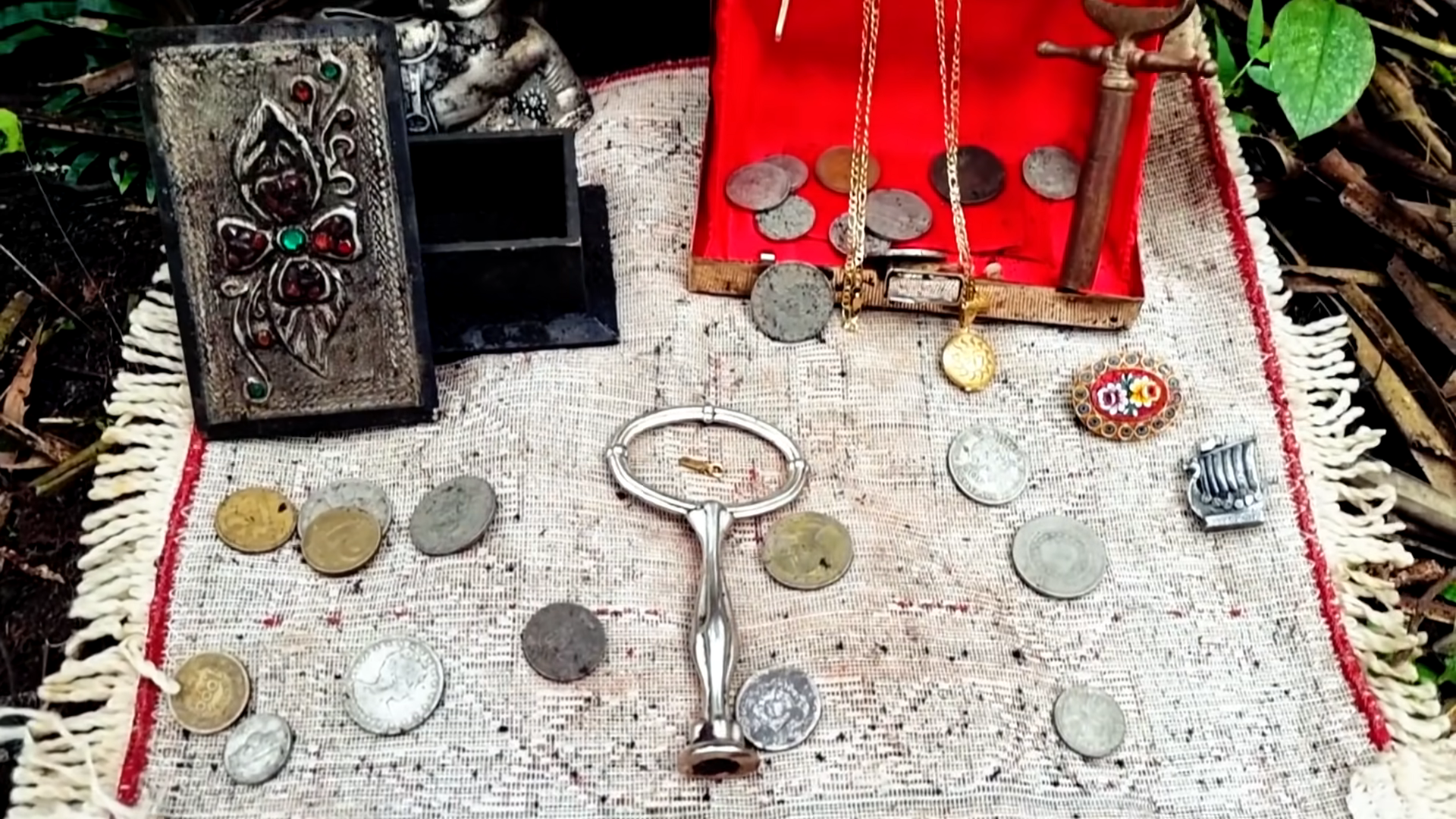
The fifth and final treasure on our list is the Sutton Hoo burial site. This site was discovered by archaeologist Basil Brown in 1939 in Suffolk, England. The site contained the remains of an ancient ship burial, along with numerous valuable artifacts, including a gold buckle, a helmet, and a sword. The Sutton Hoo burial site provided valuable insights into the Anglo-Saxon culture and way of life.
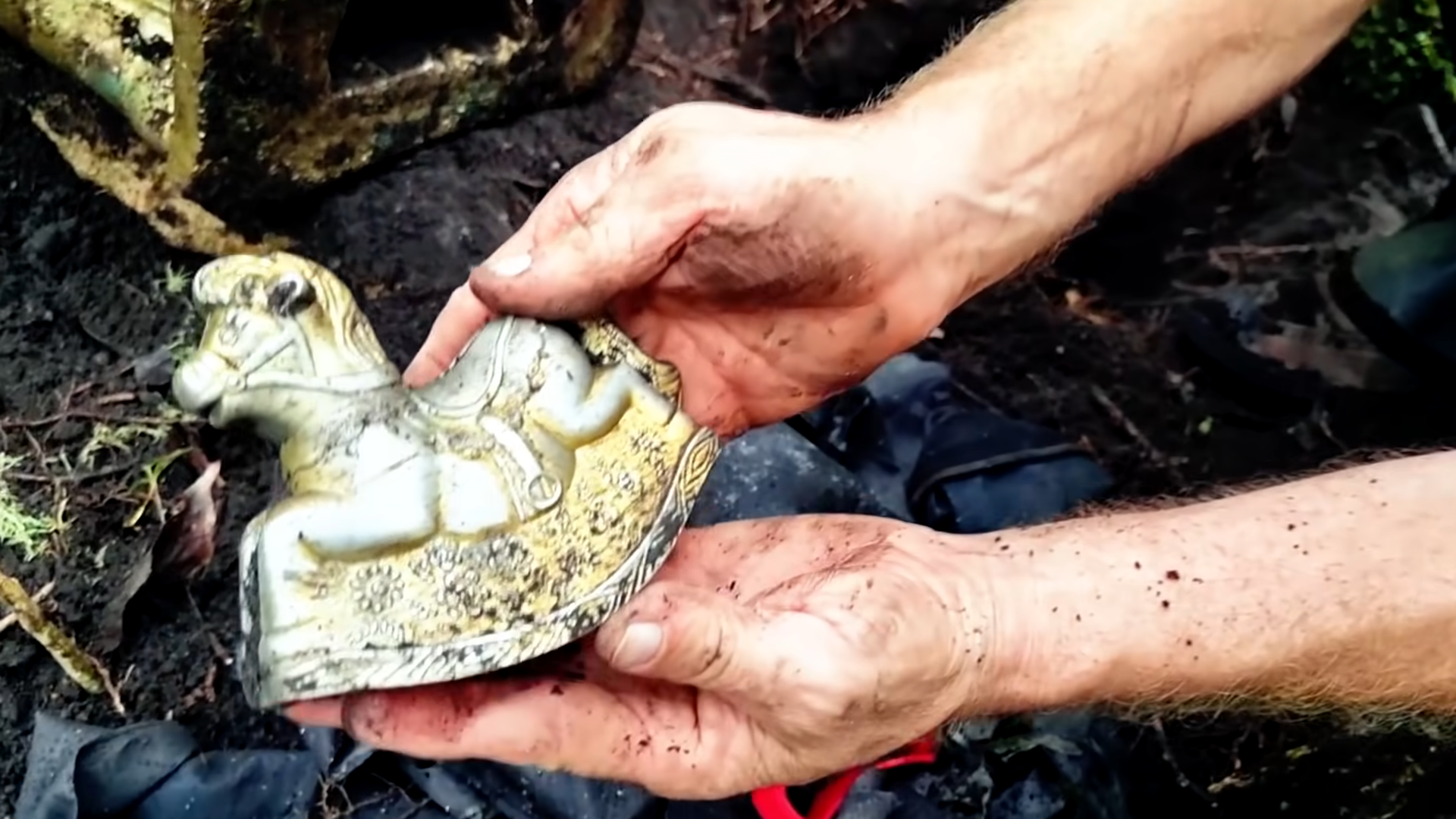
In conclusion, the discovery of ancient treasures has been instrumental in expanding our knowledge of the history and culture of our ancestors. The 5 treasures we explored in this article have not only provided us with valuable historical information, but have also captured our imagination and sparked our curiosity for the past. These treasures remind us of the importance of preserving our cultural heritage for future generations to learn from and enjoy.





